Properties, Laws and Formulae
Real Numbers
Properties of Real Numbers
For any real numbers a, b and c;
- Closure Property w.r.t. Addition
$$ \forall \; a, b \in R \quad \Rightarrow \quad a+b \in R $$
- Closure Property w.r.t. Multiplication
$$ \forall \; a, b \in R \quad \Rightarrow \quad a . b \in R $$
- Associative Property w.r.t. Addition
$$ (a + b) + c = a + (b + c) $$
- Associative Property w.r.t. Multiplication
$$ (a . b) . c = a . (b . c) $$
- Additive Identity Property
There is a unique number zero (0) called additive identity such that:
$$ a + 0 = 0 + a = a $$
- Multiplicative Identity Property
There is a unique number one (1) called multiplicative identity such that:
$$ a . 1 = 1 . a = a $$
- Additive Inverse Property
For any real number a, there exists a unique real number −a called additive inverse of a such that:
$$ a + (−a) = 0 = (−a) + a $$
- Multiplicative Inverse Property
If a $ a \neq 0 $ is a real number, there exists a unique real number $ 1 \over a $ called multiplicative inverse of a such that:
$$ a . {1 \over a} = 1 = {1 \over a} . a $$
$ 0 \in R \quad $ has no multiplicative inverse
- Commutative Property w.r.t. Addition
$$ a + b = b + a $$
- Commutative Property w.r.t. Multiplication
$$ a . b = b . a $$
- Distributive Property of Multiplication over addition
$$ a (b + c) = a . b + a . c $$
or
$$ (a + b) c = a . c + b . c $$
Percentage and Financial Arithmetic
$$ Profit \;\; percentage = {profit \over cost \;\; price} \times 100 $$
$$ Loss \;\; percentage = {loss \over cost \;\; price} \times 100 $$
$$ Discount = Marked \;\; price \; − \; Selling \;\; price $$
$$ Percentage \;\; discount = {discount \over marked \;\; price} \times 100 $$
$$ Profit \;\; / \;\; Markup = Principal \times Rate \times Time $$
$$ i.e. \;\;\; I \; = \; P \; R \; T $$
$$ Profit \; / \; Markup \; Rate = \; {Markup \times 100 \over Principal \times Time} $$
Number Sequence and Patterns
For finding nth term or general term of an arithmetic sequence,
$$ a_n = a_1 + (n − 1) d $$
For finding next terms by term to term rule in arithmetic sequence,
$$ a_n = a_{n−1} + d $$
For finding nth term or general term of a geometric sequence,
$$ a_n = a_1 \; r^{n − 1} $$
Expansion and Factorization
Basic Algebraic Formulas
$$ (a + b)^2 = a^2 + 2ab + b^2 $$
$$ (a − b)^2 = a^2 − 2ab + b^2 $$
$$ a^2 − b^2 = (a + b)(a − b) $$
Manipulation of Algebraic Expression
$$ (a + b)^3 = a^3 + 3ab (a + b) + b^3 $$
$$ (a − b)^3 = a^3 − 3ab (a − b) − b^3 $$
Laws of Exponents
In general, for any non-zero integers x and y where m and n are whole numbers.
Law of Sum of Powers
$$ x^m \times x^n = x^{m + n} $$
Law of Quotient of Powers with same base
$$ x^m \div x^n = x^{m − n} $$
Law of Power of Power
$$ (x^m)^n = x^{m n} $$
Law of Power of the Product
$$ x^m \times y^m = (x \times y)^m $$
Law of Power of the Quotient
$$ x^m \div y^m = \left( {x \over y} \right)^m $$
Law of Zero Power
$$ x^0 = 1 $$
Law of Negative Power
$$ x^{−m} = {1 \over x^m} $$
Laws of Fractional Exponents
$$ x^{1 \over n} = \sqrt[n] x $$
$$ x^{m \over n} = ( x^m )^{1 \over n} = \sqrt[n] {x^m} $$
$$ x^{m \over n} = \left( x^{1 \over n} \right) ^m = \left( \sqrt[n] x \right)^m $$

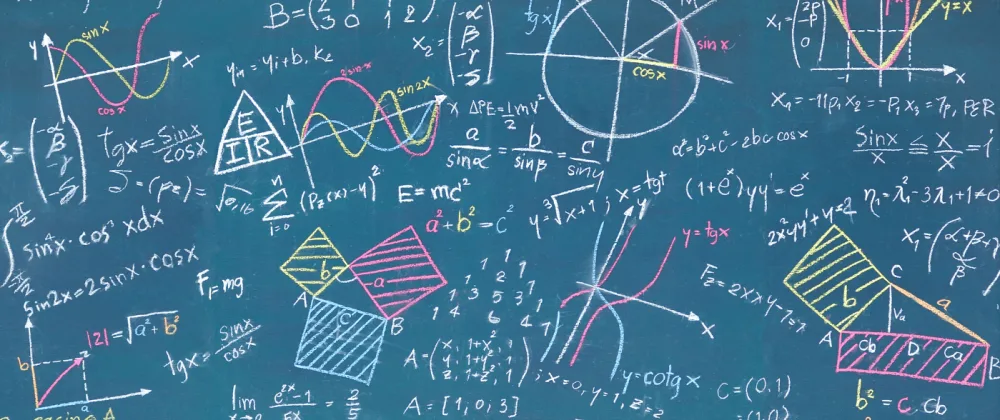
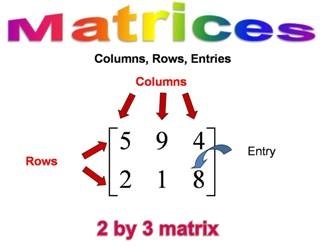
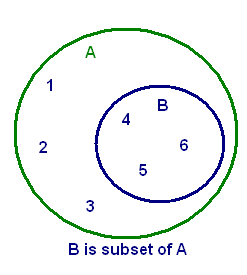

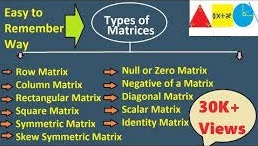
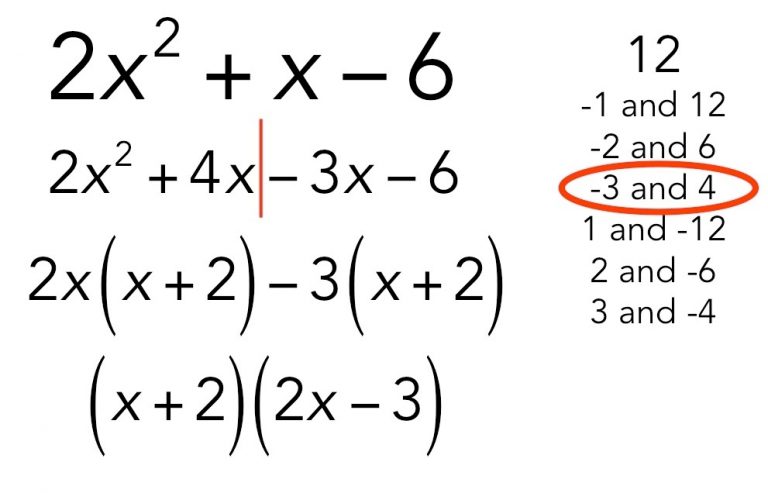

You must be logged in to post a comment.